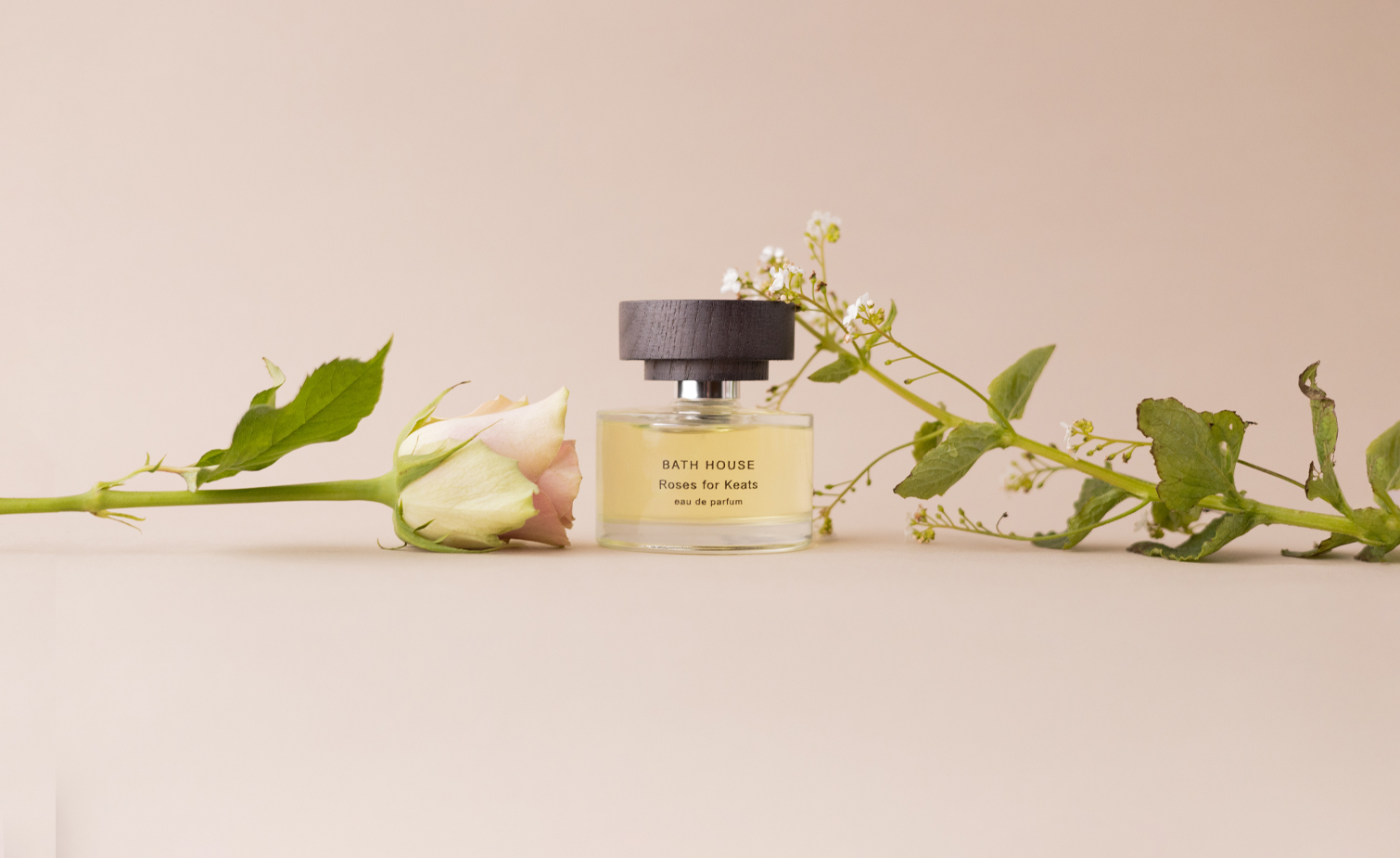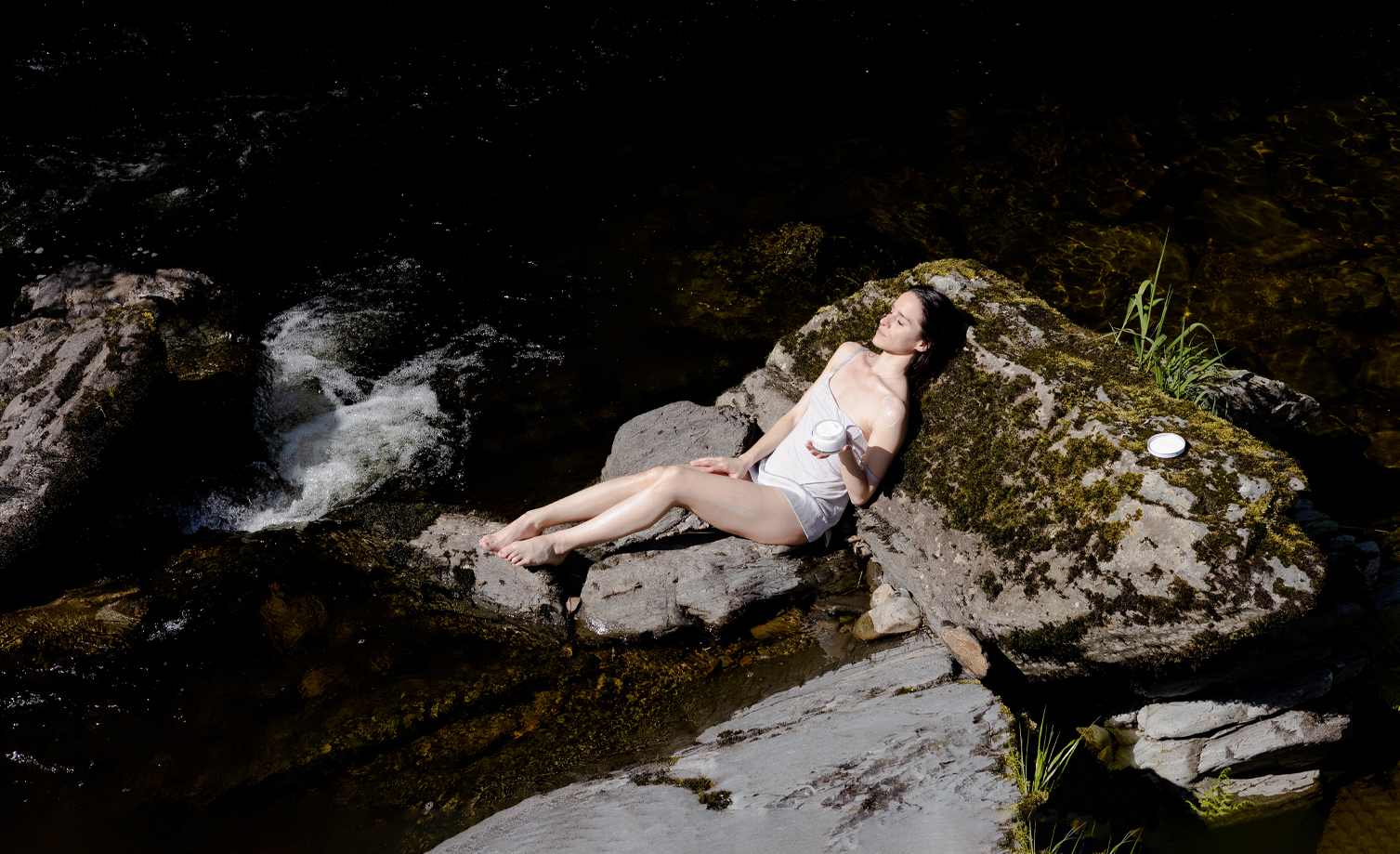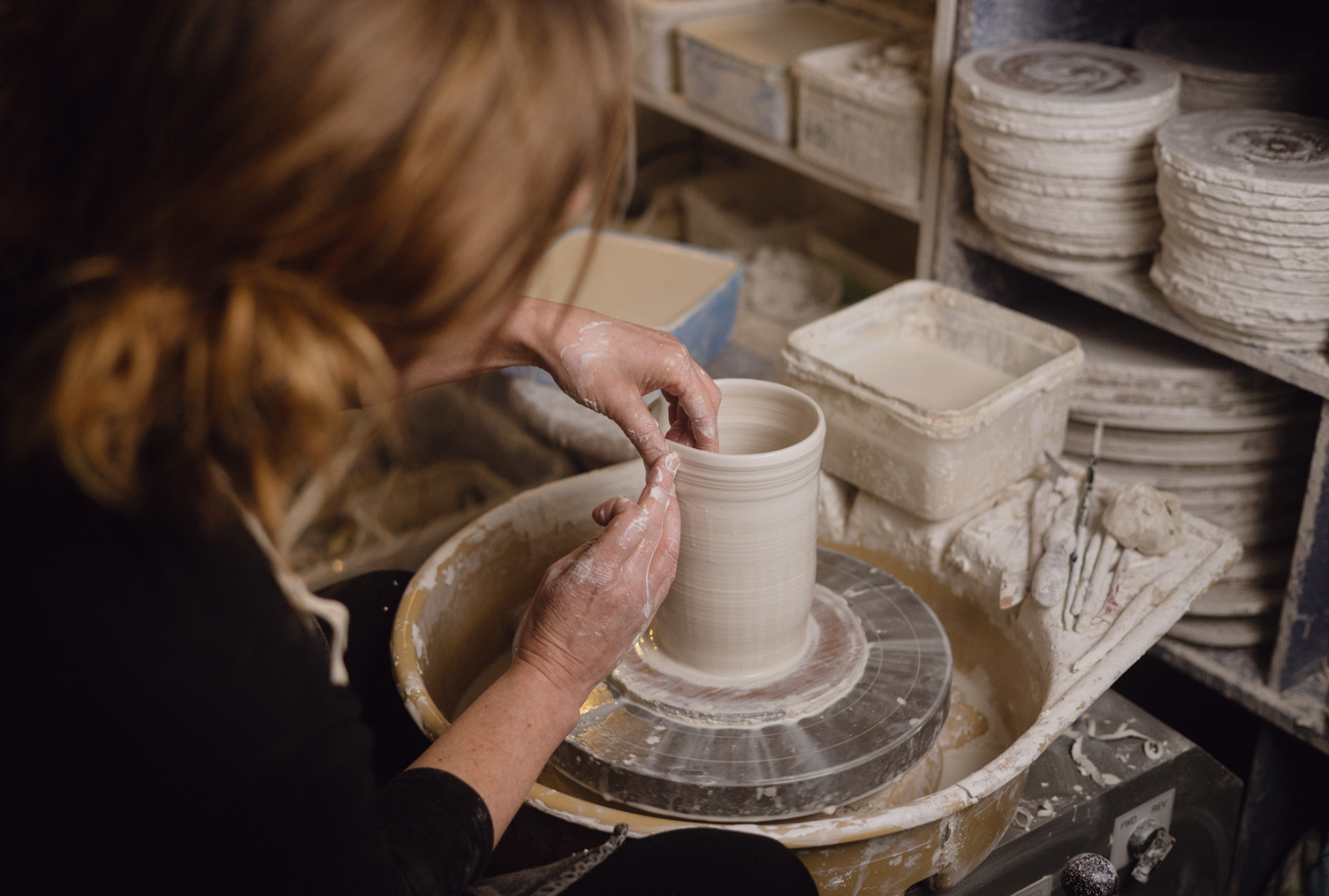This International Women’s Day we are celebrating the life of Beatrix Potter who although is most well-known for her writing and illustrations, moved to Cumbria in her thirties where she played a significant role in maintaining and protecting the Lake District landscape from housing and tourism development as well as helping to preserve the distinct farming culture of the Lakeland fells.
Say the name Beatrix Potter, and you are likely to think of Peter Rabbit and her collection of her beautifully illustrated children’s books. But despite her fame as a writer and illustrator, this only tells one chapter of Beatrix Potter’s life story, a novel that was rich and multi-dimensional.
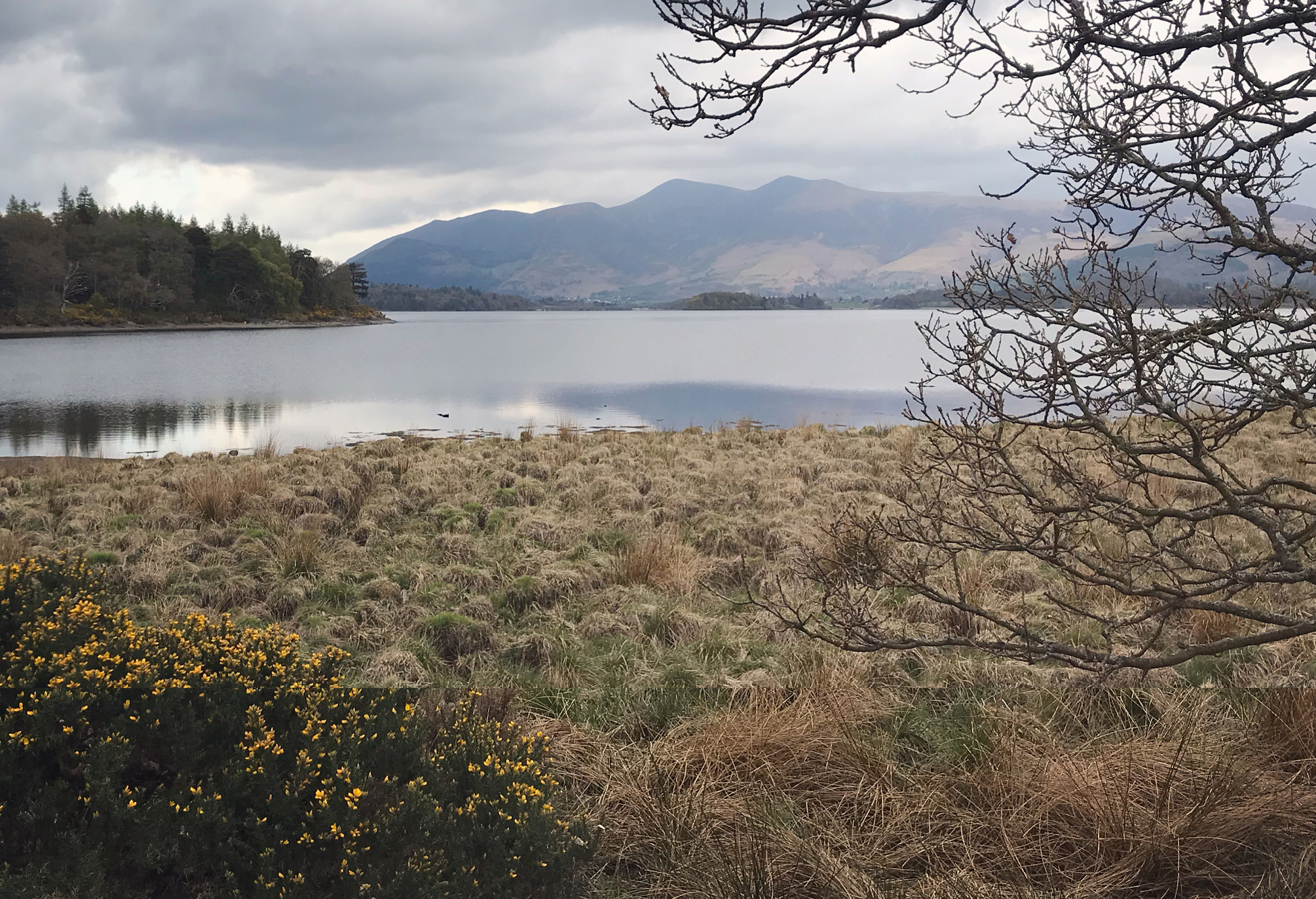
Beatrix was born in London in 1866 to a family with ancestry in the north of England that found fortune and wealth in the booming Lancastrian cotton mill industry of the mid-1800s.
Brought up largely by her governess, Beatrix spent winters at home in London and summer holidays in Scotland and the Lake District. Away from the claustrophobia of the city, she spent time roaming the countryside, exploring her creativity by sketching and painting a variety of plants and animals, and later developed a scientific interest in fungi, subsequently beginning to experiment with its germination.
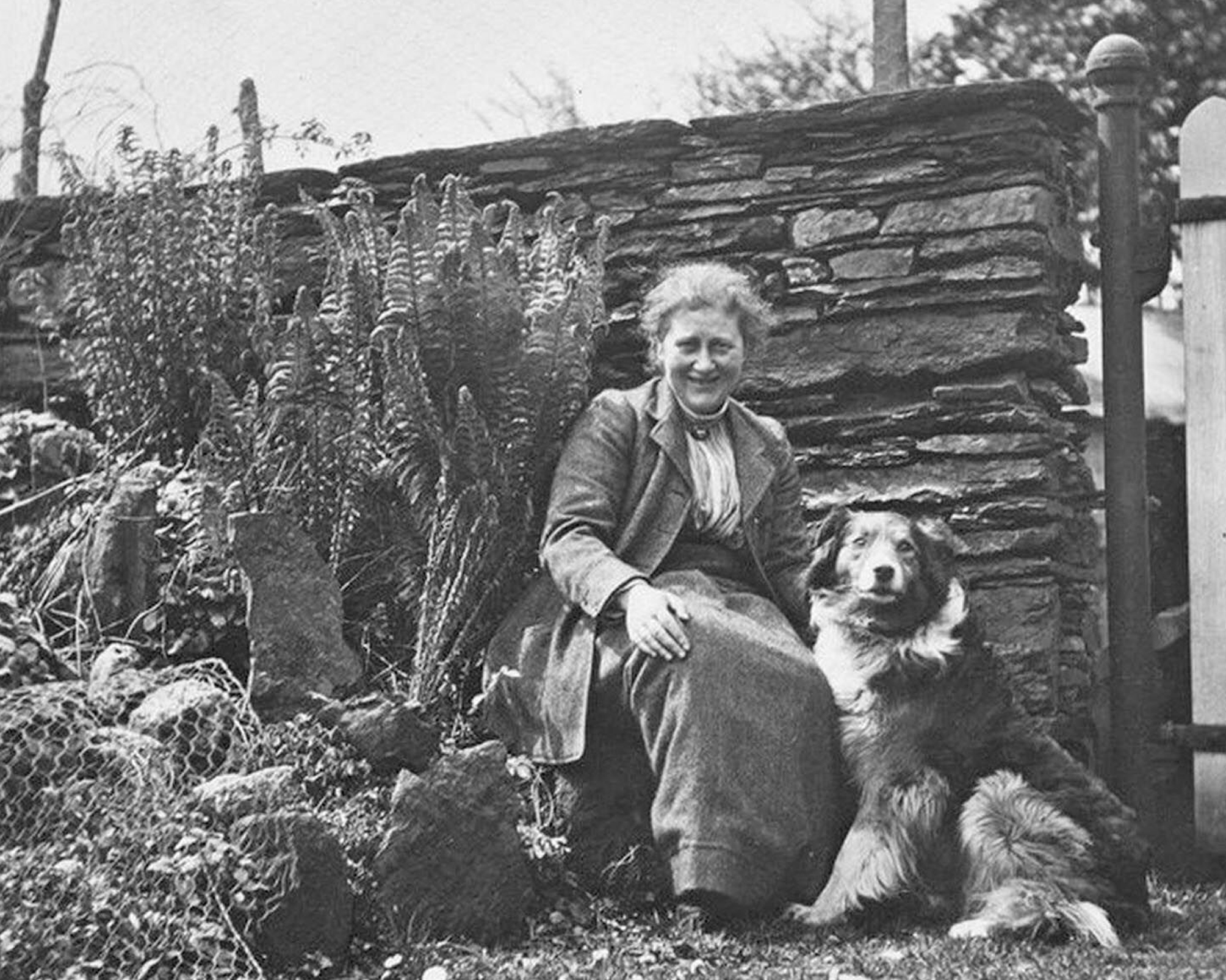
Through her uncle’s scientific connections as a chemist, Beatrix gained access to Kew Gardens which introduced her to eminent botanists on mycology. Though many doubted her abilities as both an amateur and a woman, scientist George Masse encouraged her to write up her experiments and drawings. In 1897, Masse presented her paper to the Linnean Society on her behalf, as women were not allowed to be members or present. The paper was given little attention, and she later withdrew the study believing her samples may have been contaminated. Instead, Beatrix turned her attention to writing and illustrating children’s books. In 1900, she remembered the picture letters she sent to friends in her younger days, including one of a rabbit named Peter which sparked a new idea. She wrote and illustrated the Tale of Peter Rabbit but initially struggled to find a publisher. Undeterred, she turned to private printing to produce the first 250 copies of the book, which subsequently attracted the publishers Fredrick Warne, where the book became an immediate success and she went on to write a further nineteen of her famous ‘little books’.
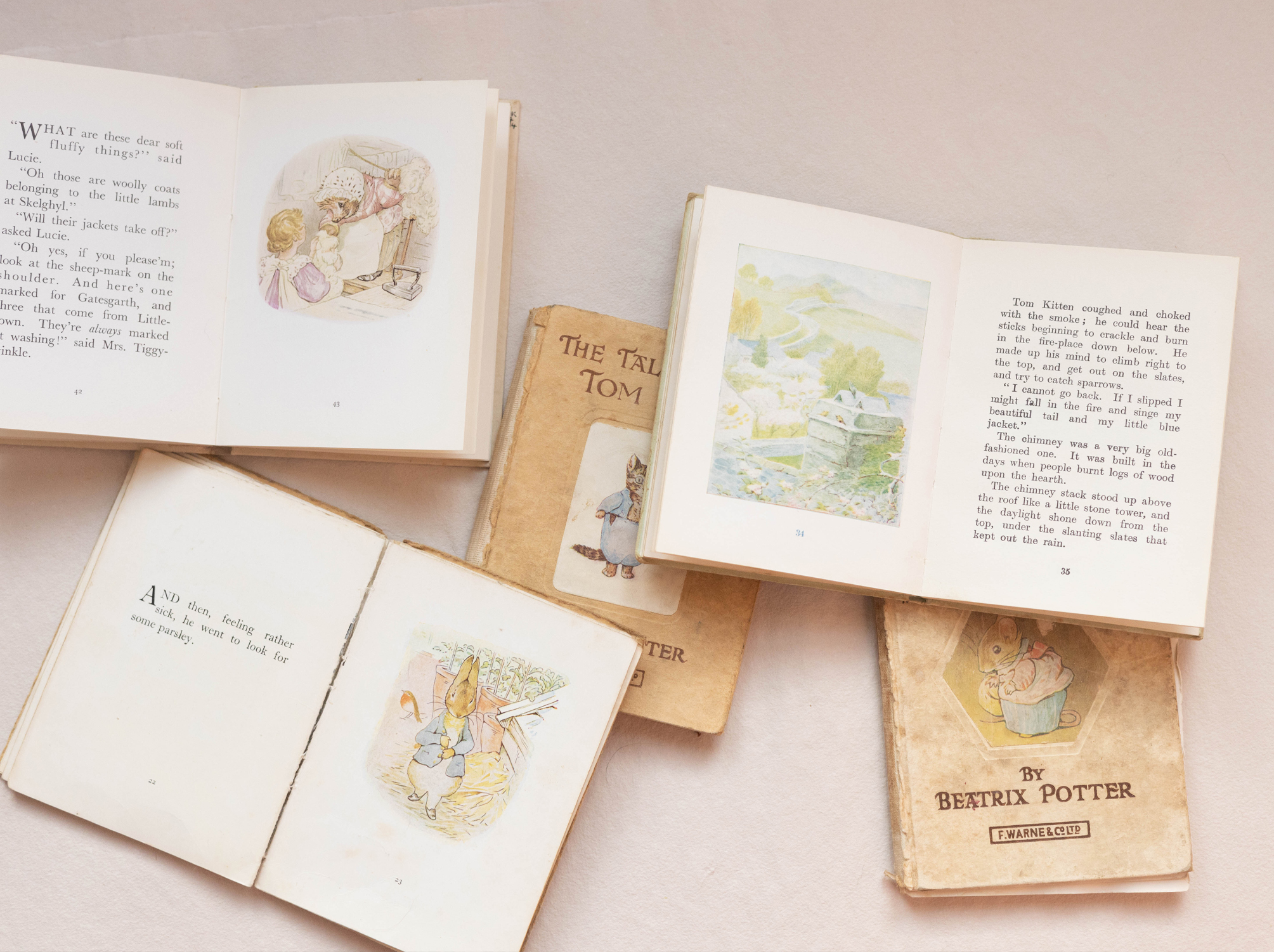
In 1905, together with the proceeds of her book sales and a small legacy, Beatrix bought Hill Top, a farmhouse in the heart of the Lake District with 34 acres of land and between 1906 and 1913 she split her time between there and London.
Whilst she was preparing to buy Hill Top, Beatrix met local solicitor William Heelis upon a visit to his office in Hawkshead seeking legal advice. They subsequently married in 1913 when Beatrix was 47 which signalled her commitment to base herself full-time in the Lake District. Beatrix bought a second property, Castle Cottage and Hill Top was used as her own private space where she began rearing sheep.
Beatrix began to take a keen interest in preserving the local community, helping to set up a Nursing Trust and buying a house and car for the nurses of the nearby villages.
In 1921, Troutbeck Park Farm, a 1,900-acre sheep farm came up for sale. The land was under threat from developers who wanted to build houses on the lower slopes of the valley. Keen to keep the land a working farm, Beatrix managed to outbid the developers.
After the tenants left, Beatrix took on the running of the farm alongside shepherd Tom Storey where they built up a stock of the famous Herdwick sheep which were hardy and stout and adapted to live in the harsh conditions of the Lake District. Beatrix became committed to the breeding and promotion of these local sheep. From 1930 to 1938 she won various prizes for her ewes at the local agricultural shows.
During this time, tourism was increasing in the Lake District, and new land was being sought to accommodate holiday homes and villas with striking viewpoints. In 1930, the 4,000-acre Monk Coniston estate which comprised of farms, cottages and quarries plus the beauty spot of Tarn Hows came up for sale.
Through her friendship with Canon Rawnsley, one of the founders of the National Trust, she wrote to them asking if they would consider co-investing in the estate to protect its future. After a nervous wait, the sale was agreed and she sold half the estate to the National Trust on the success of their fundraising.
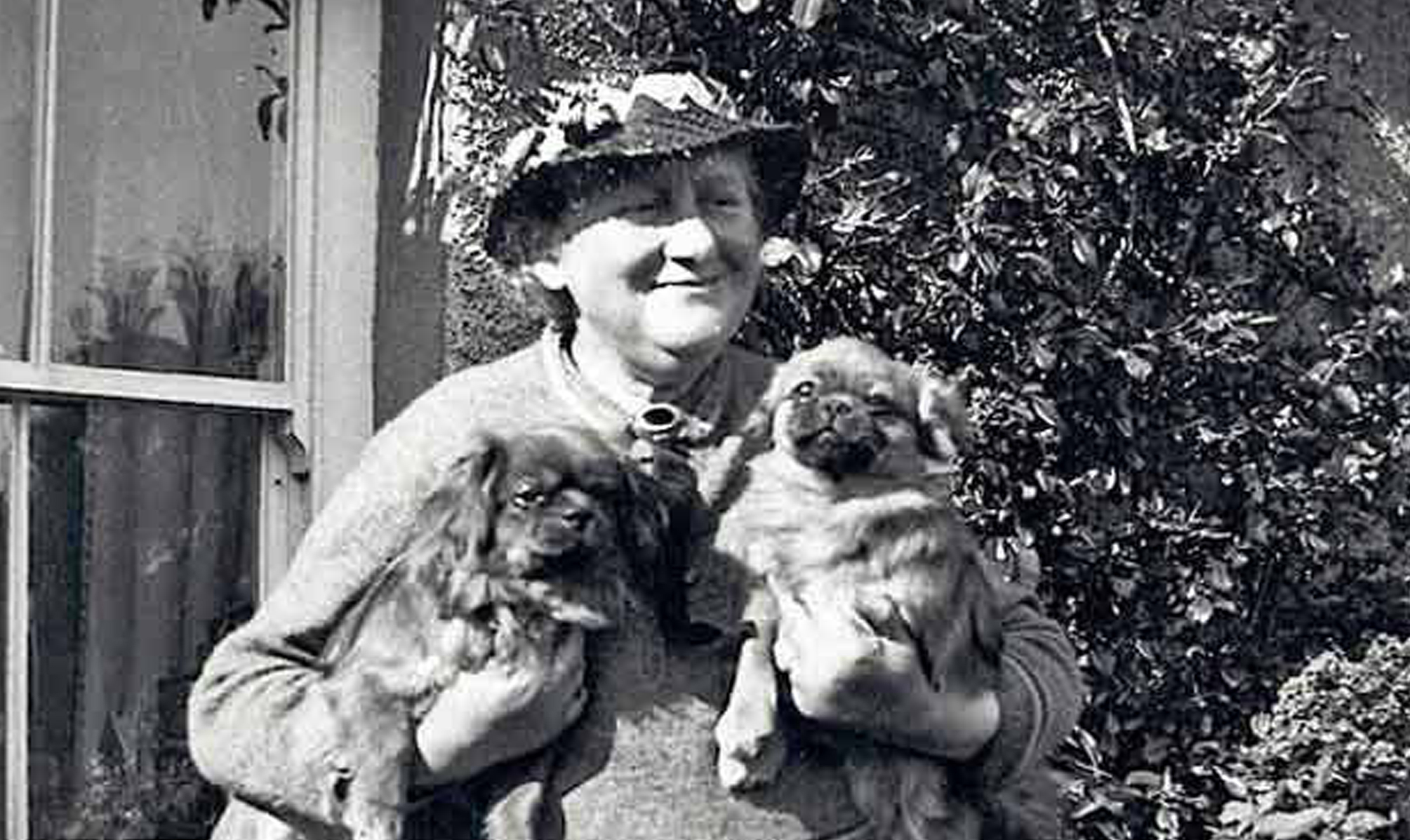
Beatrix bought further farms across the central and west Lake District that she believed would become under threat from developers. She worked as a land agent for the National Trust for over six years in her 60s and by the time she was 70, she was managing an estate of over 8,000 acres and remained hands-on until her death.
Beatrix passed away in Castle Cottage in 1943 aged 77. The 15 farms and 4,000 acres of land she owned were bequeathed to the National Trust, most of which are still owned by them today.
As women, we often become defined by a role or a job we take on in early life, perhaps becoming reluctant to try new things as we think of ourselves as ‘not that type of person’ – not artistic, not sporty, not outdoorsy or not intelligent enough.
But perhaps we don’t need to be hemmed in by these boxes we adopt in early adulthood. Perhaps we can dip our toes in and try a new skill or interest. Beatrix Potter showed the world that she would not be defined by a single profession and that you can lead a rich and multi-dimensional life if you are willing to take a chance.
The Armitt Museum is a 5-minute walk from our Ambleside store and holds a permanent exhibition and collection of Beatrix’s work, including her fungi watercolours.
Sources used to collate this piece: The Beatrix Potter Gallery in The Armitt Museum in Ambleside, The Beatrix Potter Society Website and the book Beatrix Potter and her Farms by Susan Denyer.



